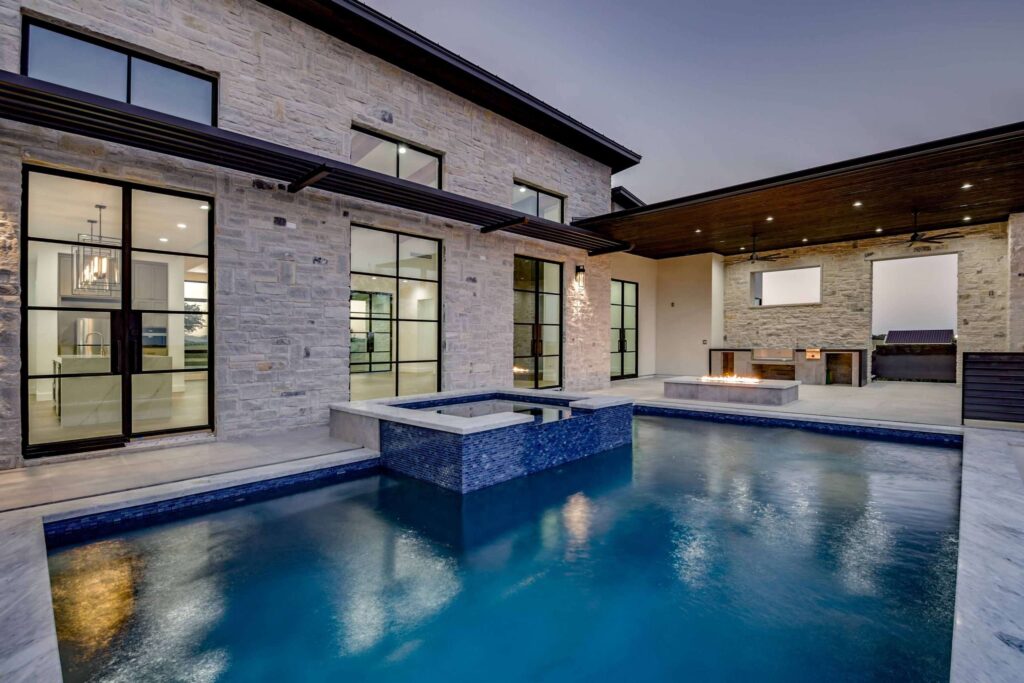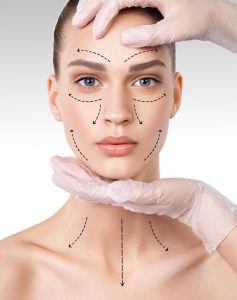Drone photography has revolutionized the way we capture images, offering perspectives that were once impossible or extremely costly to achieve. Austin, Texas, known for its vibrant music scene, innovative tech industry, and stunning landscapes, is a perfect canvas for aerial photography. This article delves into the world of drone photography in Austin, exploring the best locations, tips for capturing stunning shots, legal considerations, and the overall impact of this technology on the photography landscape in the city.
The Rise of Drone Photography
In recent years, drone technology has advanced significantly, making high-quality aerial photography accessible to hobbyists and professionals alike. Drones equipped with high-resolution cameras and sophisticated stabilization systems allow photographers to capture images from unique vantage points, providing a bird’s-eye view that can transform ordinary scenes into extraordinary compositions.
Best Locations for Drone Photography in Austin
Austin’s diverse landscape offers a plethora of opportunities for stunning drone photography. Here are some of the top spots to explore:
The Texas State Capitol
The majestic Texas State Capitol, with its stunning architecture and beautifully landscaped grounds, is a prime location for aerial photography. Capturing the Capitol from above can highlight its grandeur and the surrounding urban landscape.
Lady Bird Lake and the Congress Avenue Bridge
Lady Bird Lake offers a serene natural setting in the heart of the city. The Congress Avenue Bridge, famous for its bat colony, can be captured in dramatic fashion during sunset, with the reflection of the skyline shimmering on the water.
Zilker Park and Barton Springs Pool
Zilker Park is a vast green space that provides a refreshing contrast to the urban environment. Barton Springs Pool, with its clear waters and lush surroundings, makes for an excellent subject for aerial shots.
Mount Bonnell
For panoramic views of the Colorado River and the surrounding hills, Mount Bonnell is an unbeatable spot. The height of the location itself complements drone shots, offering a dual perspective from both the ground and the air.
The University of Texas at Austin
The sprawling campus of the University of Texas at Austin, with its mix of historic and modern architecture, provides diverse opportunities for drone photography.
South Congress Avenue (SoCo)
SoCo, with its eclectic mix of shops, murals, and vibrant street life, offers dynamic scenes that can be beautifully captured from above.
Tips for Stunning Drone Photography
Achieving professional-quality drone photography requires more than just a good drone. Here are some tips to elevate your aerial shots:
Plan Your Flights
Scout locations beforehand and plan your shots. Check weather conditions and lighting to ensure optimal shooting conditions.
Follow the Rule of Thirds
Apply the rule of thirds to create balanced and interesting compositions. This can be done by enabling grid lines on your drone’s camera view.
Experiment with Angles and Heights
Don’t just settle for high-altitude shots. Experiment with different heights and angles to find the most compelling perspectives.
Use Natural Light
Early morning and late afternoon (golden hour) provide the best natural lighting, creating long shadows and warm tones that add depth and interest to your photos.
HDR and Bracketing
Use High Dynamic Range (HDR) settings or exposure bracketing to capture details in both the highlights and shadows, especially in high-contrast scenes.
Post-Processing
Enhance your photos with post-processing software. Adjust exposure, contrast, saturation, and other settings to bring out the best in your images.
Legal Considerations and Safety
While drone photography offers exciting possibilities, it also comes with legal and safety responsibilities. In Austin, as in the rest of the United States, drone operators must adhere to Federal Aviation Administration (FAA) regulations. Here are some key points to keep in mind:
FAA Registration
Drones weighing more than 0.55 pounds (250 grams) must be registered with the FAA.
Part 107 Certification
For commercial drone use, operators need to obtain a Remote Pilot Certificate under the FAA’s Part 107 regulations.
No-Fly Zones
Be aware of no-fly zones, such as near airports and military bases. The Austin-Bergstrom International Airport has restricted airspace that must be avoided.
Altitude Limits
Drones must not fly higher than 400 feet above ground level.
Line of Sight
Drones should always be flown within the operator’s line of sight.
Respect Privacy
Avoid flying over private property without permission to respect privacy and avoid legal issues.
Local Laws
Check for any additional local regulations that may apply to drone use in specific areas of Austin.
The Impact of Drone Photography on Austin
Drone photography has had a significant impact on various sectors in Austin, from real estate and tourism to environmental monitoring and the arts.
Real Estate
Aerial photos and videos provide potential buyers with a comprehensive view of properties, highlighting their surroundings and proximity to amenities. This has become an invaluable tool for real estate marketing.
Tourism
Stunning aerial images of Austin’s landmarks and natural beauty attract tourists and promote the city as a must-visit destination. Tourism boards and businesses use drone footage to showcase the best of what Austin has to offer.
Environmental Monitoring
Drones are used for environmental monitoring and conservation efforts. They provide data on land use, wildlife habitats, and changes in natural resources, helping to inform policy and conservation strategies.
Events and Entertainment
From music festivals to sporting events, drones capture the scale and excitement of Austin’s vibrant event scene. This footage is used for promotional purposes and to enhance the experience for attendees.
Art and Media
Local artists and filmmakers use drone technology to create compelling visual stories, adding a new dimension to their work. The unique perspectives offered by drones have expanded the creative possibilities in visual arts.
Conclusion
Drone photography has opened
up new horizons for capturing the essence of Austin, Texas, from a perspective that was once reserved for those with access to aircraft. Whether it’s the sweeping vistas of the Colorado River, the bustling streets of South Congress Avenue, or the serene expanse of Zilker Park, drones have transformed the way we see and document the world around us.
By following best practices for drone photography and adhering to legal guidelines, photographers can explore and capture the dynamic and diverse landscapes of Austin in breathtaking ways. This blend of technology and creativity not only enhances our appreciation for this vibrant city but also plays a pivotal role in its cultural, economic, and environmental development.
The Cultural Impact of Drone Photography
Drone photography has not only reshaped commercial and environmental sectors in Austin but also significantly influenced the cultural landscape.
Showcasing Austin’s Festivals and Events
Austin is renowned for its festivals, including South by Southwest (SXSW) and Austin City Limits (ACL). Drones have become a staple in covering these events, providing unique aerial footage that captures the scale and energy of the gatherings. This bird’s-eye view adds a new dimension to event coverage, offering perspectives that ground-based photography simply cannot achieve.
Enhancing Music and Film Production
The city’s rich musical heritage and thriving film industry have also embraced drone technology. Music videos and films increasingly feature aerial shots to set scenes and convey the grandeur of Austin’s landscapes. This trend not only enhances visual storytelling but also positions Austin as a forward-thinking hub for creative arts.
Art Installations and Public Spaces
Artists in Austin are leveraging drones to create interactive installations and performances. For instance, light shows using drones have become popular, transforming public spaces into dynamic, illuminated canvases. These events draw large crowds and contribute to the city’s reputation as a leader in innovative public art.
Environmental and Conservation Efforts
Drones have proven to be invaluable tools for environmental and conservation efforts in Austin.
Monitoring Urban Development
Austin’s rapid growth poses challenges for urban planning and environmental conservation. Drones provide detailed aerial imagery that helps urban planners and conservationists monitor changes in land use, green spaces, and wildlife habitats. This data is crucial for making informed decisions that balance development with environmental preservation.
Wildlife Conservation
Drones are used to track wildlife populations and their movements. This is particularly useful for studying species in difficult-to-reach areas. The data collected helps in creating strategies for wildlife conservation and habitat protection.
Challenges and Future Directions
While the benefits of drone photography in Austin are clear, there are challenges that need to be addressed to ensure its sustainable and responsible use.
Privacy Concerns
As drones become more prevalent, concerns about privacy have grown. There are ongoing debates about where and how drones can be used, particularly in residential areas. Clear guidelines and regulations are essential to balance the benefits of drone photography with the right to privacy.
Technological Limitations
Despite advancements, drones still face technological limitations, such as battery life, weather sensitivity, and the need for skilled operation. Ongoing research and development are likely to address these issues, making drones more reliable and user-friendly.
Environmental Impact
While drones are used for environmental monitoring, their increasing numbers also raise concerns about their impact on wildlife, particularly birds. Responsible drone operation includes minimizing disturbances to wildlife and adhering to guidelines designed to protect natural habitats.
Conclusion
Drone photography austin has undeniably transformed the way we capture and appreciate Austin, Texas. From its bustling urban centers to its serene natural landscapes, drones provide a fresh perspective that enriches our understanding and enjoyment of this vibrant city. By continuing to innovate and adhere to responsible practices, drone photography will undoubtedly play a crucial role in shaping the visual and cultural narrative of Austin for years to come.
Whether you’re a professional photographer, a hobbyist, or someone simply fascinated by the aerial views, Austin offers a rich tapestry of scenes and stories waiting to be captured from the skies. Embrace the technology, respect the regulations, and let your drone photography soar in the heart of the Lone Star State.







